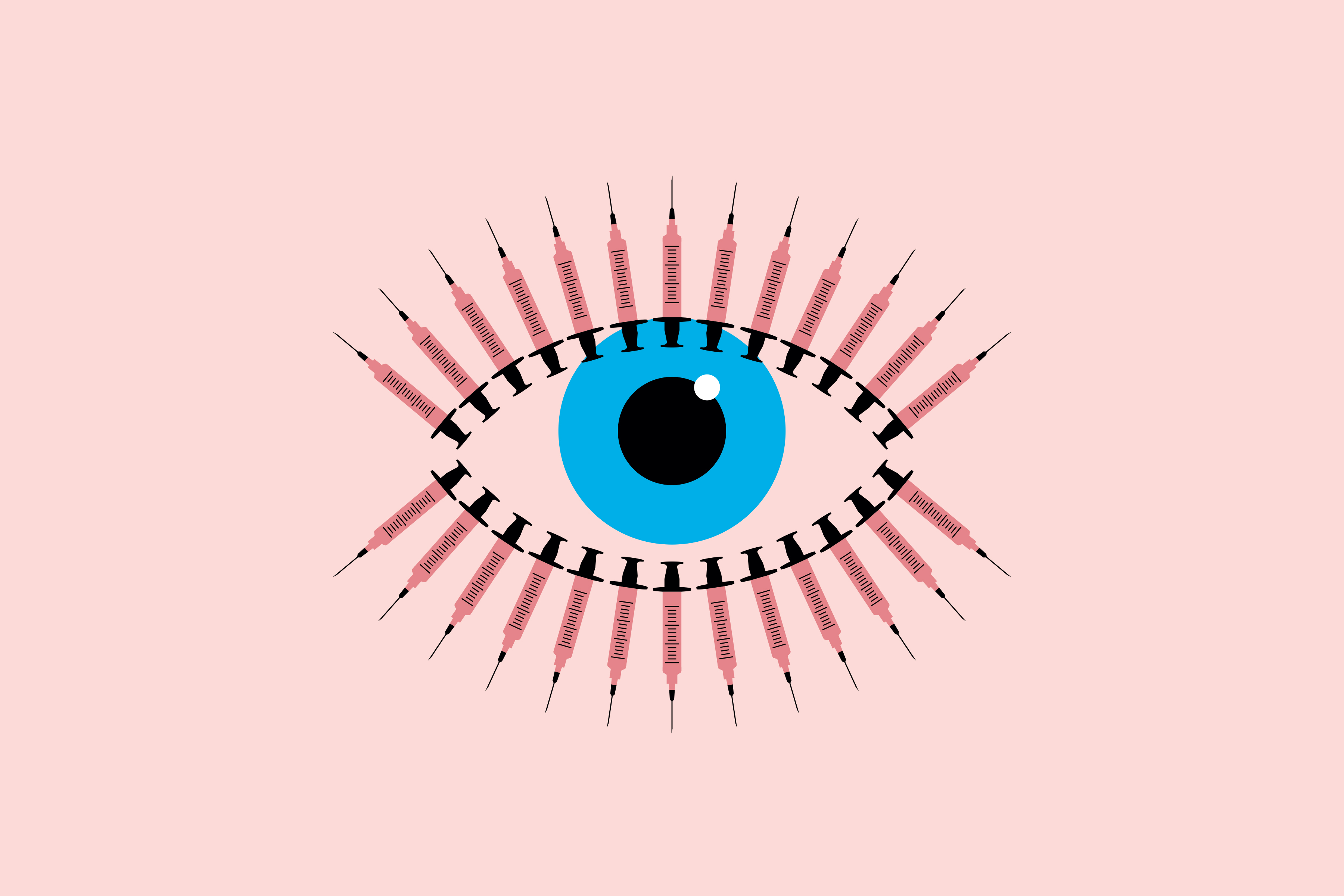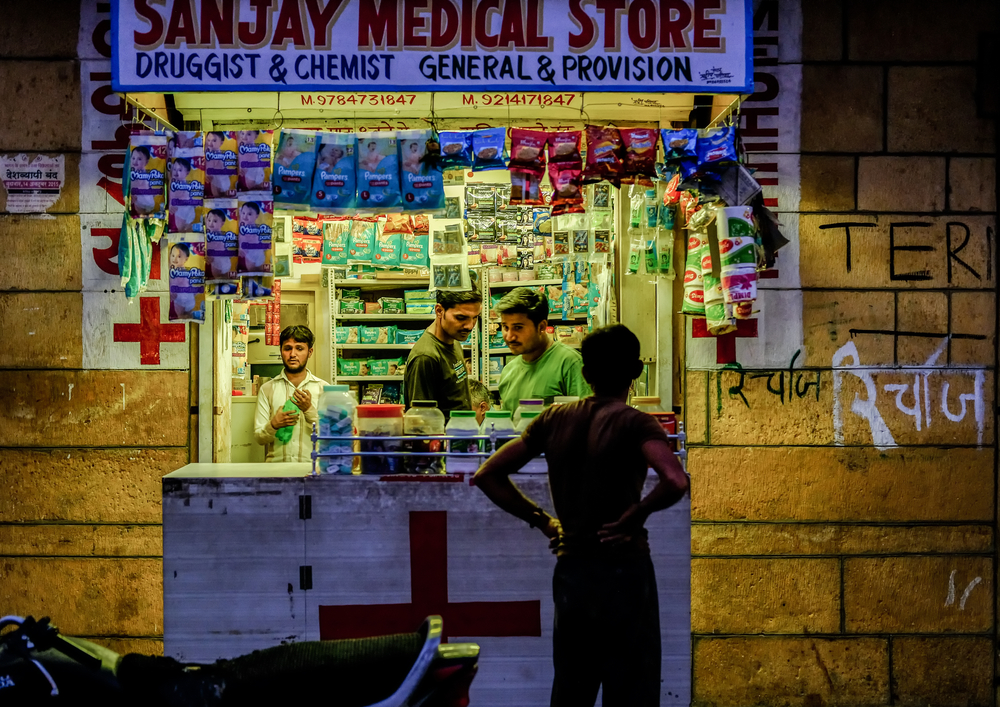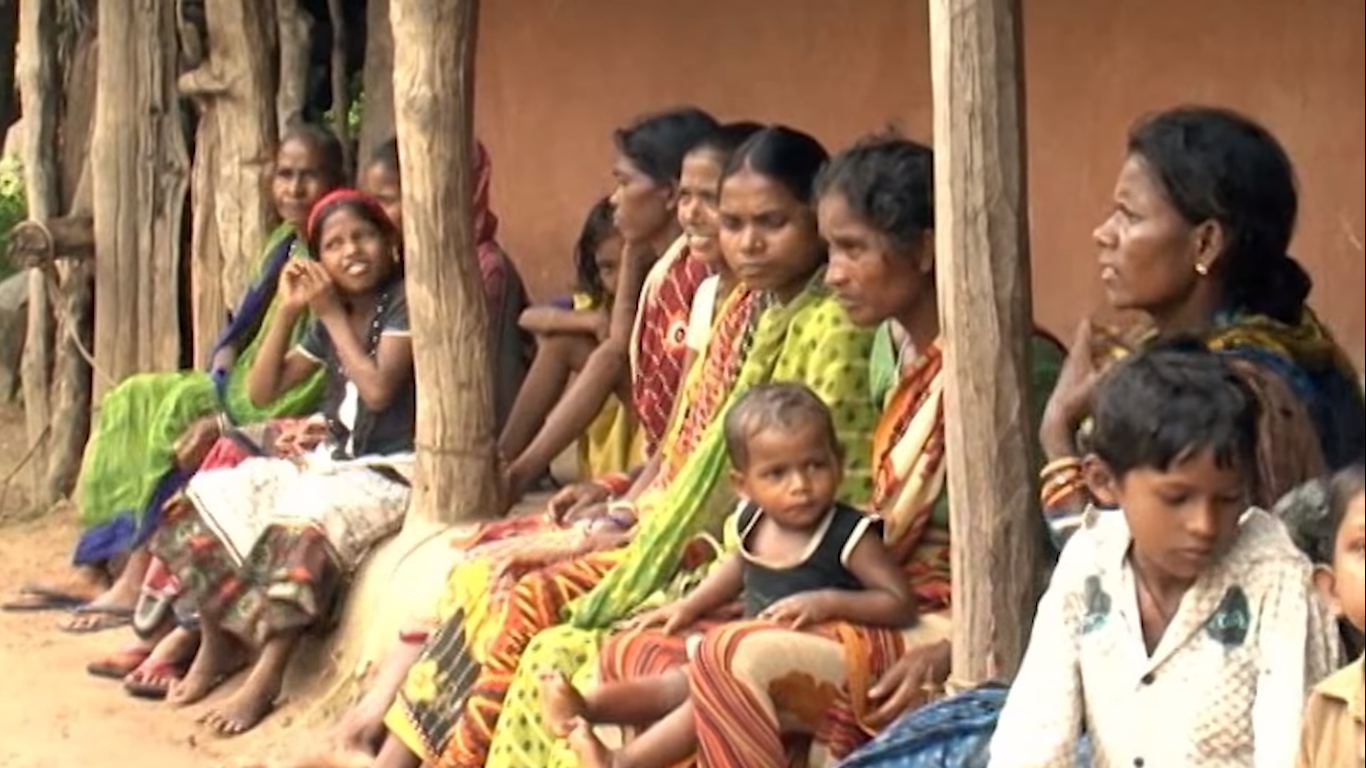Of all the aphorisms ever inscribed on greeting cards and stitched onto throw pillows, the most frustrating is that ubiquitous snippet of the Serenity Prayer.
“God, grant me the serenity to accept the things I cannot change, courage to change the things I can and wisdom to know the difference,” it says, suggesting that the difference is objective — that there’s a discernible, even clear line between reasonable hope and pitiable delusion, between premature and mature surrender. Sometimes there isn’t. Sometimes it just won’t come into focus.
I thought about this every time I stabbed myself.
“Stab” is maybe a bit dramatic, but it’s not too far off. Twice weekly for the past six months, I jabbed myself with a needle, pumped half of a syringe of fluid into my stomach or one of my thighs, occasionally felt a sting, a few times drew blood and always wondered if I was being brave or silly, determined or just plain obstinate.
I was participating in a clinical trial of an unproven treatment for my rare disorder. As I’ve mentioned in this column before, I had a kind of stroke of the optic nerve behind my right eye two years ago; ever since, a dappled, impenetrable fog obscures its vision. With that eye, nothing will come into focus, and its intrusion on my intact left eye sometimes slows my reading, muddies my thinking, leaves me with a woozy feeling.
Doctors told me off the bat that there was no remedy and, worse, a 20% chance that my left eye would be similarly afflicted. I was forced to contemplate — am forced to contemplate — going blind.
And I had decisions to make, starting with whether to be part of an earlier trial, in which a different drug would be injected three times, with a month between injections, directly into my ravaged eye. It represented hope, sure, but a slender, theoretical hope, with obviously painful drawbacks. I said yes.
The drug did nothing for me — and, I later learned, did nothing for so many others that the maker of the drug pulled the plug on the tests.
Then I had to decide about the six-month trial, the one that involved 52 injections — one every Friday and every Tuesday, or as close to that schedule as I could keep. The needles in this case were thinner, to be plunged into infinitely less sensitive body parts, but I would have to do the plunging myself. There would be vials of the drug (or a placebo) in my refrigerator, syringes in my kitchen cupboard, a sharps container on the kitchen counter. I said yes again.
And about two months in, I definitely noticed a change — in the speed (45 seconds!) with which I could transfer the fluid from vial to syringe, banish the air bubbles, pierce my flesh and have everything cleaned up. Like many people with diabetes and women receiving fertility treatments, I’d become a self-puncturing whiz, a human pincushion extraordinaire.
But my right eye’s vision? Same as it was at the start. Same as now, at the end of the six months: a blotchy, blurry joke. Here’s rooting for the left eye, because I’m out of spares.
But the rest of me is not the same, not remotely, and many of the changes are positive. Or at least I can spin them that way, and that’s maybe the main thing you learn when you stab yourself 52 times: While you have no control over much of what befalls you, you have plenty of control over your perspective on it, your attitude about it.
You can rage pointlessly at the lot you’ve drawn and the hardships you’re confronting or you can take note of, and pride in, the way you’re taking them in stride and moving forward, forward, forward. At one point during the second trial, I sent a text message to a colleague to explain that I was running five minutes late for our scheduled phone call “because I have to impale myself with a big needle.” That was TMI, and hyperbolic to boot, but I figured I was entitled to it under the circumstances. When God gives you lemons, take a bow.
I even, in a strange way, came to look forward to my injections: They set me apart, giving my life its own signature rhythm, its own particular grit. They also demonstrated how a scary oddity can become a humdrum, reflexively executed bore. In that way, they gave me solace. It turns out that I’m tougher — more durable — than I knew.
We all are. “Starfish can regrow limbs,” said a new friend of mine, one of several people with vision impairments whom I had the privilege of meeting only after — and only because of — my own vision loss. “But that’s nothing compared to what human beings can do.” He became legally blind in his 30s, is now in his 70s and has learned to use his hearing, memory and other faculties to navigate Washington, where he lives and works full time. We’re an unfathomably adaptable species. But you learn that only when you’re forced to adapt.
You come to a fork in the road, and you choose between wallowing in self-pity and taking a good, hard look around you. I took the look and, with my cyclops vision, saw how many of the people in my orbit were struggling, how many were bumping up against limits more daunting than mine, how many summoned a grace that gave me something to aspire to, something to emulate. This wasn’t as clear to me before, and I found myself thinking less about blindness in my future and more about the blindness in my past.
During the many tedious hospital visits that were part of my clinical trials, I crossed paths with hundreds of people with afflictions worse than mine. There were patients too young to be going through what they were, patients too weak to move much and patients whose faces were frozen in a grimace of pain. Many had spent much more time in that joyless warren of endless hallways that reeked of disinfectant and dread, and they put me in my place. I still have the ability to maintain an overfull work schedule, to earn a living, to run with my dog in the park. And the 80% chance that I won’t go blind leaves plenty of slack in the knot in my stomach.
I pick up on or tune in to details that I previously didn’t. Not long ago I was at a college to give a speech and was told that one of the top school officials might or might not come backstage to say hello: It depended on her back and her mobility. She indeed showed up. And after we traded the usual courtesies, I thought: We can go on like this for another 10 minutes, or we can have a more meaningful conversation.
I asked her, tentatively, about her health. And for more than 10 minutes, she opened up about her frequent physical ordeals, her surgeries and how she’d learned to cope by focusing on the good days and remembering that the bad ones were never permanent. I felt a connection to her. I was inspired.
Would we have had this exchange many years ago, before my own misfortune? I doubt it. I don’t just see differently now. I listen differently. I hear more. It’s as if I possess this new, extra sense in compensation for the imperiled one. It grew with each injection. It grows still.



